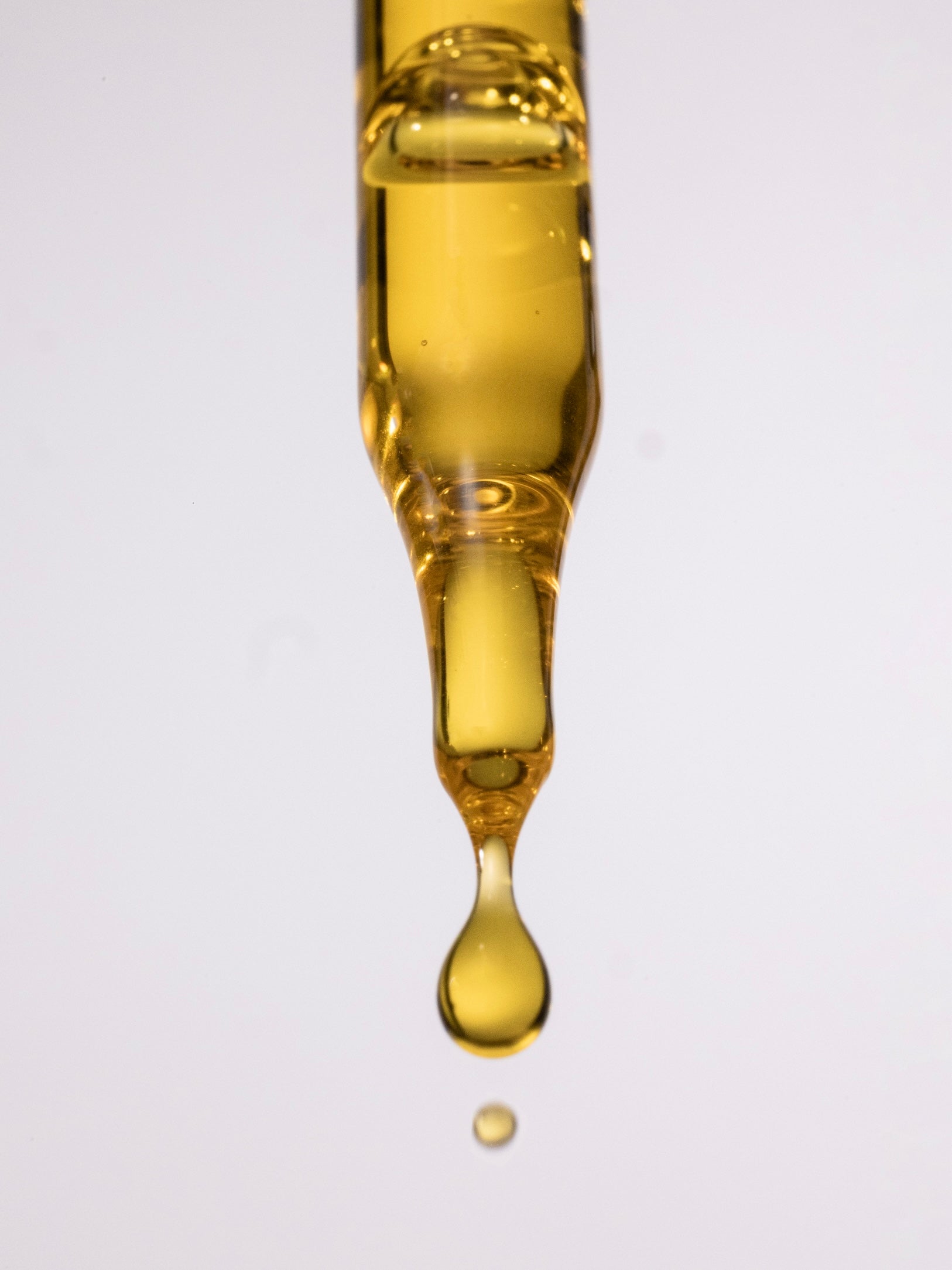FDA Approved Thermomagraphy: The Radiation-Free Alternative To A Mammogram And Full Body Scan

Thermomagraphy is a safe, radiation-free alternative to mammograms. It can detect early signs of the development of disease in the body such as formation of tumors and breast cancer as well as periodontal and heart disease 8-10 years earlier than other methods. Thermal imaging scans performed with experience and expertise can allow you to identify and understand potential health issues today rather than years from now when it can be too late to treat.
Thermography can allow individuals an opportunity to actually see, through visual imagery, the efficacy of their body processes. When clients are able to finally visualize their bodies in this way, they become effective in monitoring and orchestrating their own path to optimum health. Thermography empowers clients to become proactive agents of self-change with a focus on disease prevention. Thermography is a 100% safe, radiation and compression-free screening test for men and women. Natural breast screenings and full body thermal scans are procedures available through The Thermography Center, here is the link (Search your area if you're not in southern California) http://www.thethermographycenter.com
HOW THIS MAMMOGRAM ALTERNATIVE WORKS
Thermographic imaging is a painless, radiation-free mammogram alternative which takes a thermal picture to determine abnormalities or changes in the breast tissue. Breast thermography can detect irregular patterns. Thermography’s role in breast cancer and other breast disorders is to help in early detection and monitoring of abnormal physiology and the establishment of risk factors for the development or existence of disease. When used with other procedures, the best possible evaluation of breast health is made.
This valuable procedure alerts your GP or specialist to the possibility of underlying breast disease. This test is designed to improve chances for detecting fast-growing, active tumors in the intervals between mammographic screenings or when mammography is not indicated by screening guidelines for women less than 50 years of age.
Thermography is especially appropriate for younger women between 30 and 50 whose denser breast tissue makes it more difficult for mammography to pick up suspicious lesions. This test can provide a ‘clinical marker’ to the doctor or mammographer that a specific area of the breast needs particularly close examination. The faster a malignant tumor grows, the more infrared radiation it generates. For younger women in particular, results from thermographic screening can lead to earlier detection and ultimately, longer life.
FULL BODY SCANS USED TO DETECT EARLY SYMPTOMS OF DISEASE
“The imaging process is called DITI: Digital Infrared Thermal Imaging. With DITI a digital scanner takes infrared radiation in the form of heat coming from the skin, and converts it to colored images. In this manner you are able to obtain a visual “map” of the body’s temperature. The variance in color indicates an increase or decrease in the body’s temperature in the different parts or regions, which could be an early warning sign that there is a problem forming. Because tumors can emit more heat than their surrounding tissue and can increase in temperature as time passes, breast thermography is useful for detecting and tracking suspicious activity in the breast and monitoring changes over time.
The thermographic images are sent to a Board Certified Radiologist for interpretation and the results are classified according one of six categories of risk: Within normal limits, At low risk, At some risk, At increased risk, At high risk, or Previously confirmed malignancy. The patient’s health history, previous scans and other data, and current concerns and symptoms are taken into account and discussed in the report findings when interpreting the images.
Depending on the category assigned and other findings reported, establishing a stable baseline, three month, six month or annual comparative follow-up will be recommended along with clinical correlation, objective evaluation, examination of associated history or symptoms, and additional diagnostic testing..”
THE PROBLEM WITH MAMMOGRAMS
Despite this massive increase in the use of mammography, there is a substantial body of research indicating that the widespread practice of mammography over the past few decades has had little to no effect on breast cancer mortality rates. Research shows that mammography screening may do more harm than good. Mammography has demonstrated a number of adverse effects, including breast cancer over diagnosis, unnecessary breast cancer treatment, undue psychological stress, excessive radiation exposure, and a serious risk of tumor rupture and spread of cancerous cells.
A 17-year study in Denmark from 1980 to 2010 measured the incidence of advanced and non-advanced breast cancer tumors in women ages 35 to 84 who received regular breast cancer screening over the years or had not received screening. If mammography was effective at reducing rates of advanced breast cancers, a reduction in the incidence of advanced tumors in the women who received the screening should have been observed. However, no difference was found in the incidence of advanced tumors between the screened and unscreened groups. In addition, significant over diagnosis of breast cancer was found in the screened group- approximately one out of every three invasive tumors and cases of ductal carcinoma (DCIS) was found to represent breast cancer over diagnosis. This meant that, due to screening mammography, healthy women were diagnosed with breast cancers. These women subsequently had to deal with the severe psychological distress of a cancer diagnosis, as well as the numerous physical harms of cancer treatment, when in fact their tumors were not cancers that necessitated treatment at all.
RADIATION AND MAMMOGRAMS
The cumulative effect of routine mammography screening may increase women’s risk of developing radiation-induced breast cancer. The current recommendations for mammography screening have led women to start screening at a younger age and also to receive more frequent screening; this has amplified the amount of radiation to which the breasts are being exposed, and the effects are not trivial. In addition, women who are exposed to radiation for other purposes or women who are carriers of the BRCA (breast cancer susceptibility) gene are at an even higher risk of experiencing adverse effects from mammography radiation.
While not a direct reflection of the impact of mammography on breast cancer risk, other studies examining the effect of diagnostic chest x-rays on breast cancer risk have found that medical radiation exposure increases breast cancer risk.
MAMMOGRAPHY CAN RUPTURE CELLS
Mammography involves compressing the breasts between two plates in order to spread out the breast tissue for imaging. Today’s mammogram equipment applies 42 pounds of pressure to the breasts. Not surprisingly, this can cause significant pain. However, there is also a serious health risk associated with the compression applied to the breasts. Only 22 pounds of pressure is needed to rupture the encapsulation of a cancerous tumor. The amount of pressure involved in a mammography procedure therefore has the potential to rupture existing tumors and spread malignant cells into the bloodstream.
***THESE STATEMENTS HAVE NOT BEEN APPROVED OR REGULATED BY THE FDA. WE ARE NOT DOCTORS, THEREFORE ALWAYS CONSULT WITH YOUR DOCTOR FIRST.





